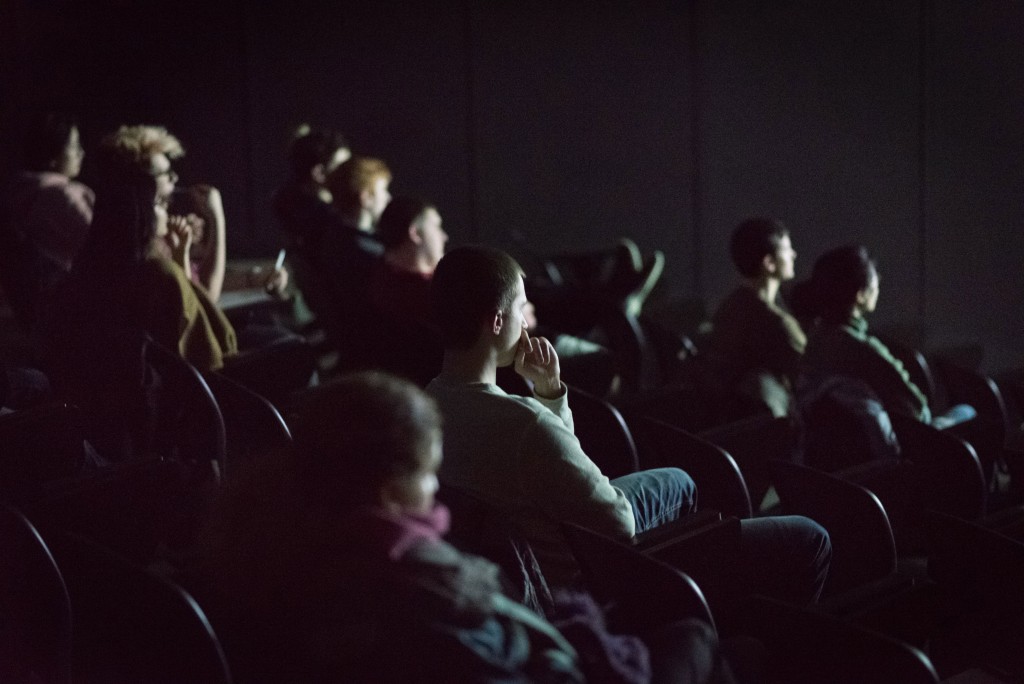
Harpur Cinema, Binghamton University’s only film society, continued the celebration of its 50th anniversary season with its first showing this semester, 1952’s “Bellissima” by Italian director Luchino Visconti.
Since it was founded by the department of romance languages back in the fall of 1965, Harpur Cinema has consistently attempted to show notable films that the student body may not be able to access on its own.
Joyce Jesionowski, the programmer for Harpur Cinema and a professor in the cinema department, has been the programmer for Harpur Cinema for the past eight years, and is proud to have ushered in the society’s 50th year.
“’Bellissima’ is a favorite of mine,” she wrote in an email. “I’ve been waiting to show that film because I love Anna Magnani’s full-throated passionate characters, because it’s an example of ‘cinema about cinema’ and because I wanted to introduce Visconti to the Binghamton audience, particularly to our students.”
Many of the films shown by Harpur Cinema are well-received by critics, but lack mainstream appeal, despite their importance to the art form.
“The series represents a mix of interesting films that screened at Cannes and the the Toronto International Film Festival and other international festivals,” Jesionowski wrote. “As well, I wanted to pay tribute to a truly great filmmaker, Chantal Akerman (‘Almayer’s Folly’) who passed away in 2015 … She deserves the widest audience possible.”
Central to the ethos of the club, the series is shown in a traditional theater setting in Lecture Hall 6. The black walls are meant to enhance this setting as much as possible.
“Cinema is changing — it used to be a theater experience shared by audiences in common,” Jesionowski wrote. “Harpur Cinema offers audiences the opportunity, right on campus, to have that experience of getting lost in the cinema image, or being outraged by it, or cheering, or protesting what’s up on the screen.”
This experience is one that the club has offered since its founding. For the cinephiles on campus, Harpur Cinema is a solace from poorer-quality and frequently interruptible Netflix viewings, and for exposure to films by masters of the craft in the manner they were meant to be seen.
For most film series, there are some films that are worth more of a viewing than others. This semester, Jesionowski believes otherwise.
“I recommend that students see all the films in the series,” Jesionowski wrote. “I had originally thought of concentrating on films about filming, but in the end there were too many interesting films coming up in the current festivals, so I opted to ‘bookend’ the series with two Italian masters making films about films.”
This is Jesionowski’s last semester as the club’s programmer — she will be passing on the responsibility to a new team of cinema department faculty. She has repeatedly stated that she is proud of where the club has gone during her tenure, and is thankful to those who have made it popular.
“We’ve been really fortunate in the faculty members, from the Cinema Department and other departments who have agreed to introduce films over the years,” Jesionowski wrote. “As well, students have staffed Harpur Cinema … in every role students have made generous contributions to the project, [and I’d also like to thank] the Dean’s office.”
Tickets for film showings are $4 for single admission and there are new showings every Friday, with encores every Sunday. It will run from February 19 until April 17 in Lecture Hall 6. The next film in the series is “The Pearl Button” (2015) by Chilean director Patricio Guzman on February 26 and 28.


